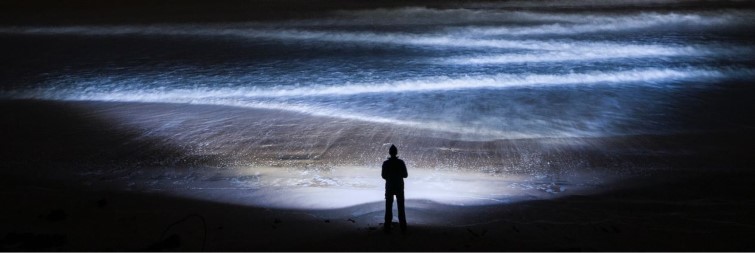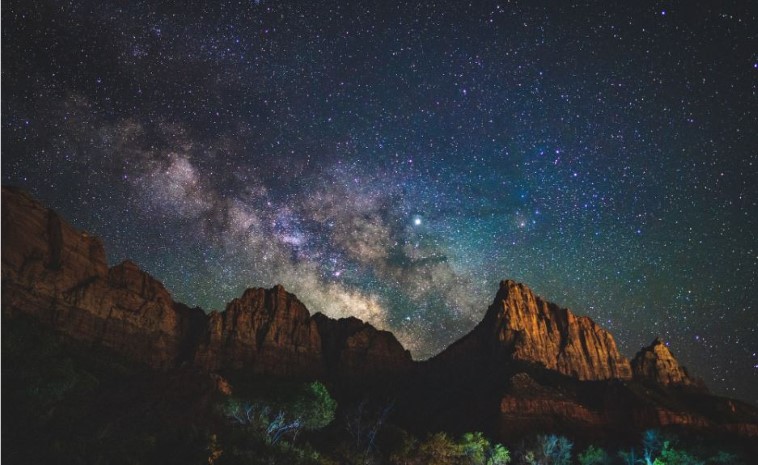The Milky Way is a Cannibal

Our galaxy, the Milky Way, is one of the big ones. In the Local Cluster, the galaxy it belongs to is the second largest, behind the Andromeda Galaxy, or M 31. How did it grow so much?
Ten billion years ago, the galaxy that astronomers named Gaia-Enceladus, four times smaller than the Milky Way, found itself in a gravitational trap and our galaxy, being larger, attracted and swallowed it.
It is clear that such a process took hundreds of millions of years, but at the end of the event, our Milky Way became richer in stars, gas, and all the other contents of which galaxies are composed. Thus, the Milky Way became more massive and larger.
Astronomers have long known about galactic cannibalism. Galaxies collide, merge, and thus grow and evolve. But, as far as our galaxy is concerned, astronomers managed to find out some details of the aforementioned galactic collision.
They managed to reconstruct the merger of the Milky Way with another galaxy and to determine how such a collision affected our galaxy. This is thanks to the Spanish team of astronomers from the Astrophysical Institute in the Canary Islands.
To learn the history of the Milky Way, astronomers must determine the age of the various populations and clusters of stars within the galaxy. It is not a simple task.
They look at larger groups of stars and compared them to models of stellar populations. Stars are formed in large clusters, and by collecting data on the entire group, scientists can draw conclusions about the history of their development.
Today, astronomers get this data primarily from the European Space Agency’s Gaia telescope.
Astronomers from the Canary Islands managed to observe similar regions of the Milky Way and thus came to the conclusion of the existence of two different populations of stars. Some stars are reddish in color and rich in metals (by metals astronomers mean all chemical elements above hydrogen and helium).
Others are bluish and poor in metals. And both populations are mixed in our galaxy. From these facts, astronomers concluded that both populations originated in different environments and in different galaxies.

The first, red ones, were formed in the Milky Way, and the second, blue, in a smaller galaxy. In other words, the Milky Way swallowed a smaller galaxy and added its stars to its own.
But that’s not all. Astronomers noticed that the stars in the halo of the galaxy, i.e. above and below the galactic disk, move faster than other stars, and the solution to that puzzle is some event in the past that gave them such speed. The following scenario emerged from all this.
For about three billion years since its origin, the Milky Way existed and developed on its own, and then, 10 billion years ago, it met and merged with the smaller galaxy Gaia-Enceladus.
This event caused some of the Milky Way’s stars to be ejected into its halo. In addition, a large amount of gas was injected into the disk of the Milky Way, from which new stars began to be born.
Of course, all this is still only a theoretical assumption based on Gaia data from 2014 to 2016, and new data is needed to confirm and supplement it. According to the plan, the Gaia telescope will operate until 2022, and new data are expected, which Canarian astronomers are eagerly awaiting.
Want to read more about the universe? Visit our blog!

